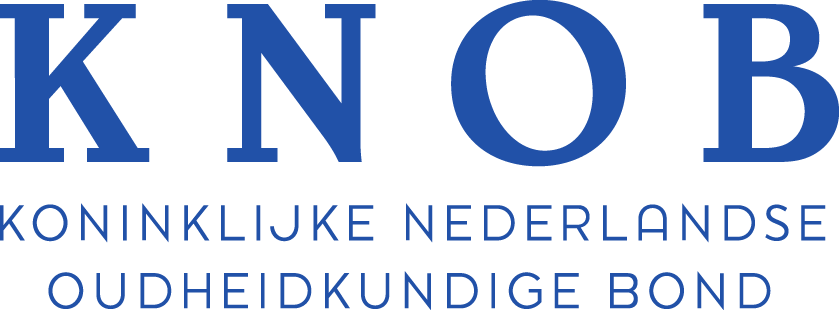From elitist architectural history to easily accessible care for the environment
DOI:
https://doi.org/10.7480/knob.109.2010.4.131Downloads
Abstract
In the seventies of the twentieth century architectural history was still chiefly an elitist academic study with much attention for Palladio and Alberti. Current events penetrated only slowly and little attention was paid to ideological questions. Ordinary buildings in their urban structure hardly came up for discussion. In order to change this the course Bouwkunst en Aktualiteit (building and current events) was developed in 1979. It was not received with much enthusiasm. It was considered to be more suitable for the TH (Institute of Technology) in Delft. Preservation of monuments and historic buildings has changed almost beyond recognition since then and the field has been democratized. The central government no longer has primacy. Provinces and municipalities started to play a more important role, but stakeholders and residents also demanded attention.
An example of a more public-oriented, municipal approach was the series ‘Zeist, groei en bouw’ (growth and building) in 1983. In the meantime the attention shifted from historic buildings registers to area-directed protection in which cultural-historical values are guaranteed and the boundaries between the various research disciplines are blurring. Amid this modernizing force art historians and architectural historians respectively seem to have lost their dominant position with the increased demand for skills of visual analysis. The latter is particularly important in the shift of emphasis in the direction of the cultural landscape.
The historical dimension, however, should not be left to designers only and this was another reason for setting up the cultural-historical main structure of the Province of Utrecht. The appearance of the book ‘Tastbare Tijd’ was an unprecedented success and meanwhile this publication is frequently quoted in spatial plans. It appears from this development that visualizing seduction, rather than legislation, is the most important contribution the cultural historian can make to the protection of cultural heritage. And the challenge for the academic world is to make the content of the argument known during intervention processes of our cultural heritage.
References
Machteld Linssen en Peter Paul Witsen (red.), Belvedere.nu. Praktijkboek cultuurhistorie en ruimtelijke ontwikkeling, Utrecht 2009, 9.
Rob Dettingmeijer, Wessel Reinink en Juliette Roding (red.), Architectural History and Social Science, Utrecht 1978.
Roland Blijdenstein, Rob Dettingmeier en Manya Rosier, Bouwkunst en Aktualiteit, Utrecht 1979.
Roland Blijdenstein, Zeist, Groei en bouw: Geschiedenis, bouwstijlen en woonhuistypen, Zeist 1983-1984 (zes delen).
Guus J. Borger (red.), Cultuurhistorie in het Groene Hart. Een overzicht en een waarderingskaart, Amsterdam 1996.
Martijn Duineveld, ‘Als de goudprijs hoog genoeg is, wordt het oude sieraad snel omgesmolten’, in: Het cultuurhistorische argument, essaybundel, uitgave projectbureau Belvedere, Utrecht november 2009, 29-39.
Roland Blijdenstijn, Tastbare Tijd: Cultuurhistorische atlas van de provincie Utrecht, Utrecht 2005.
Published
How to Cite
Issue
Section
Articles
License
Copyright (c) 2010 Bulletin KNOB

This work is licensed under a Creative Commons Attribution 4.0 International License.





